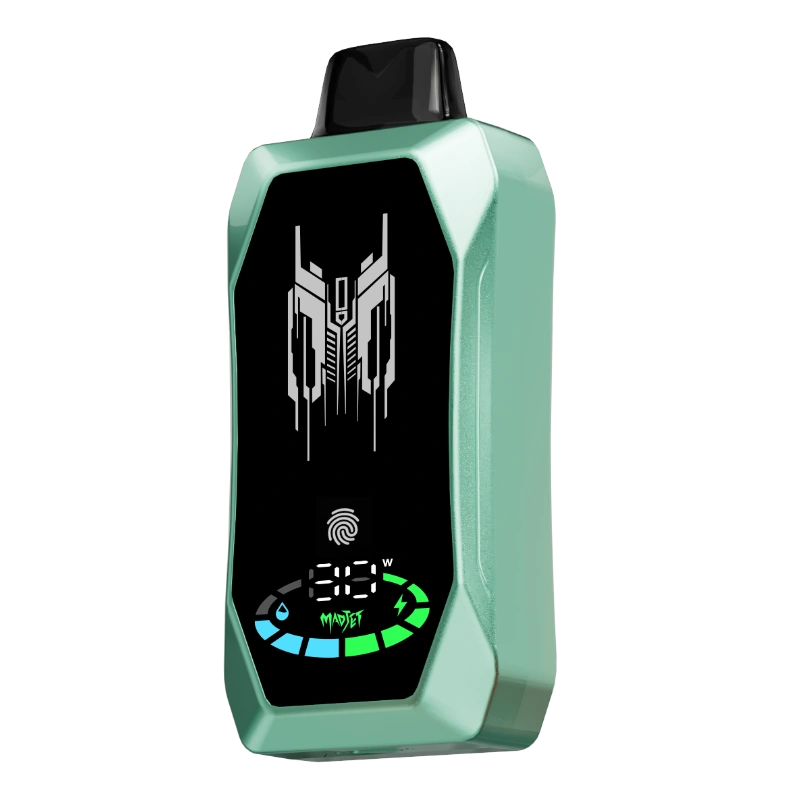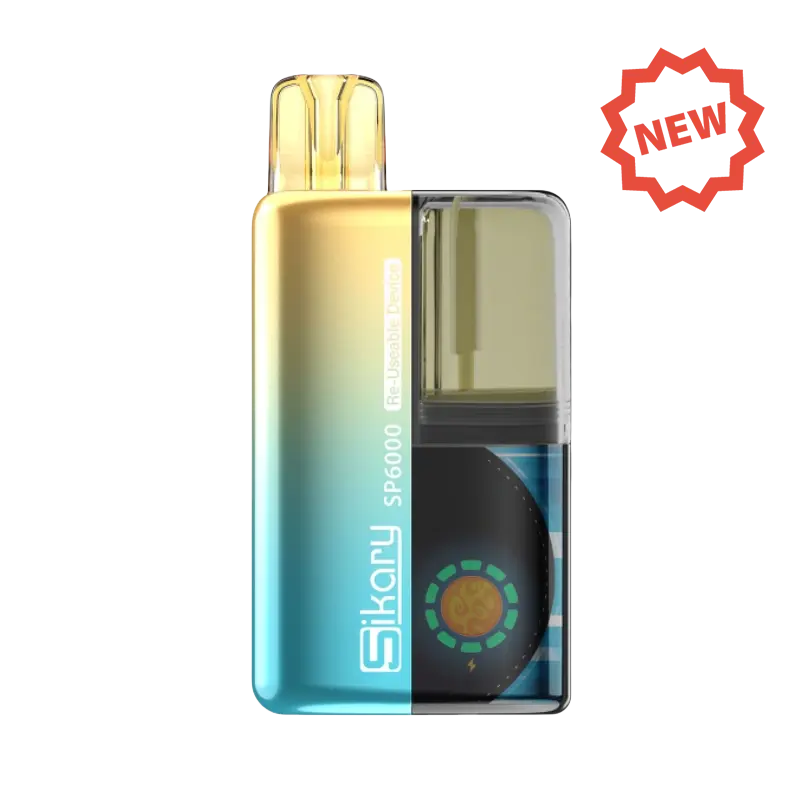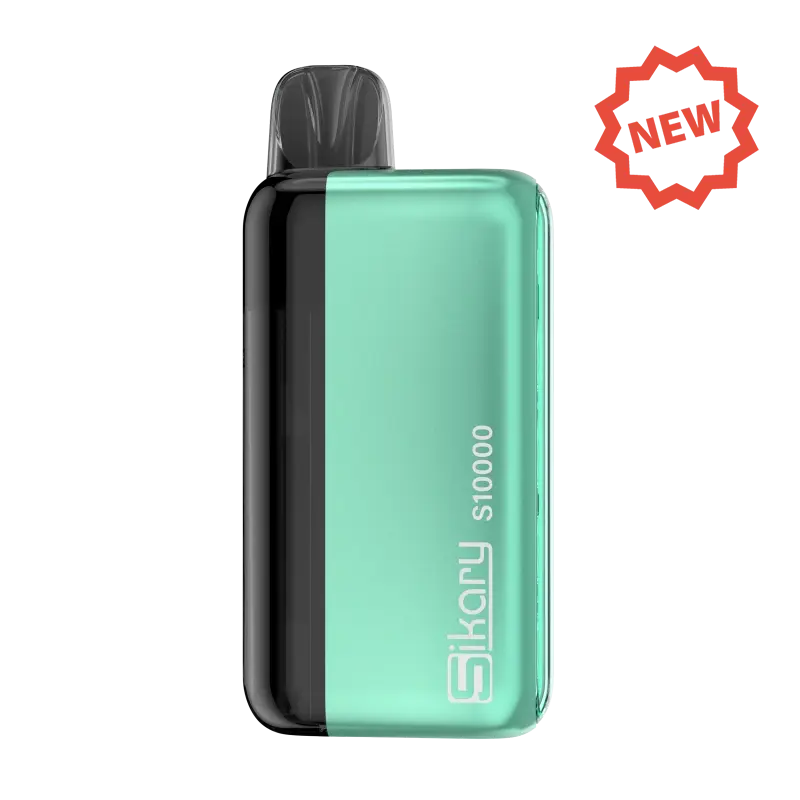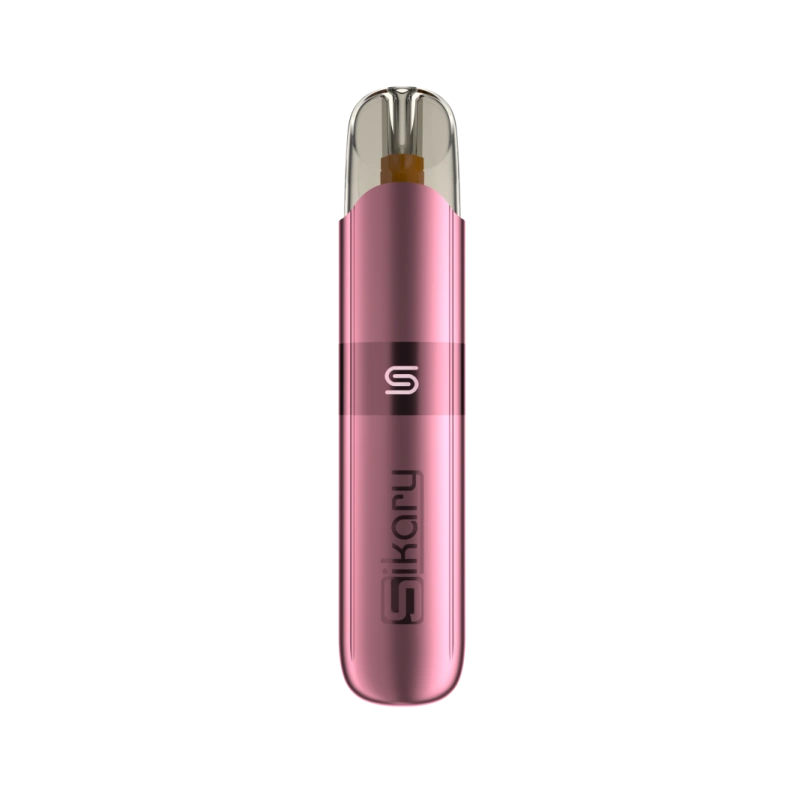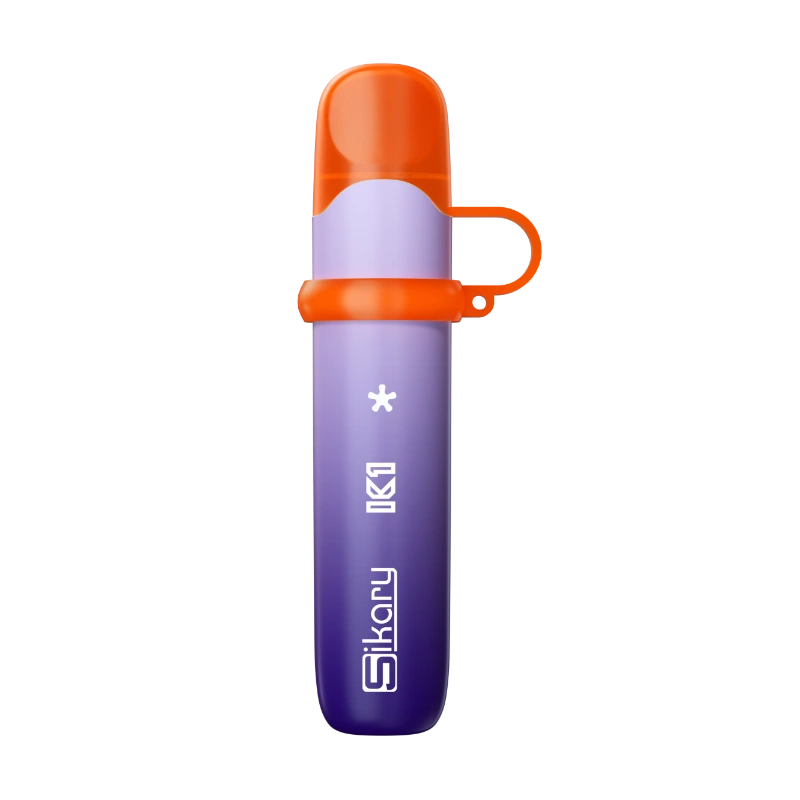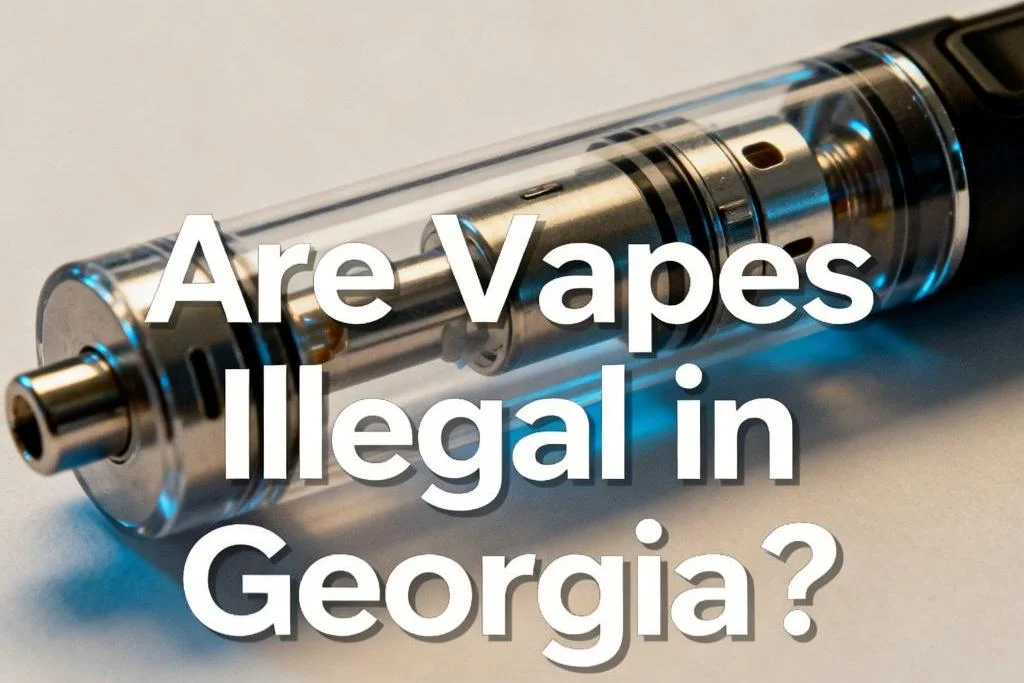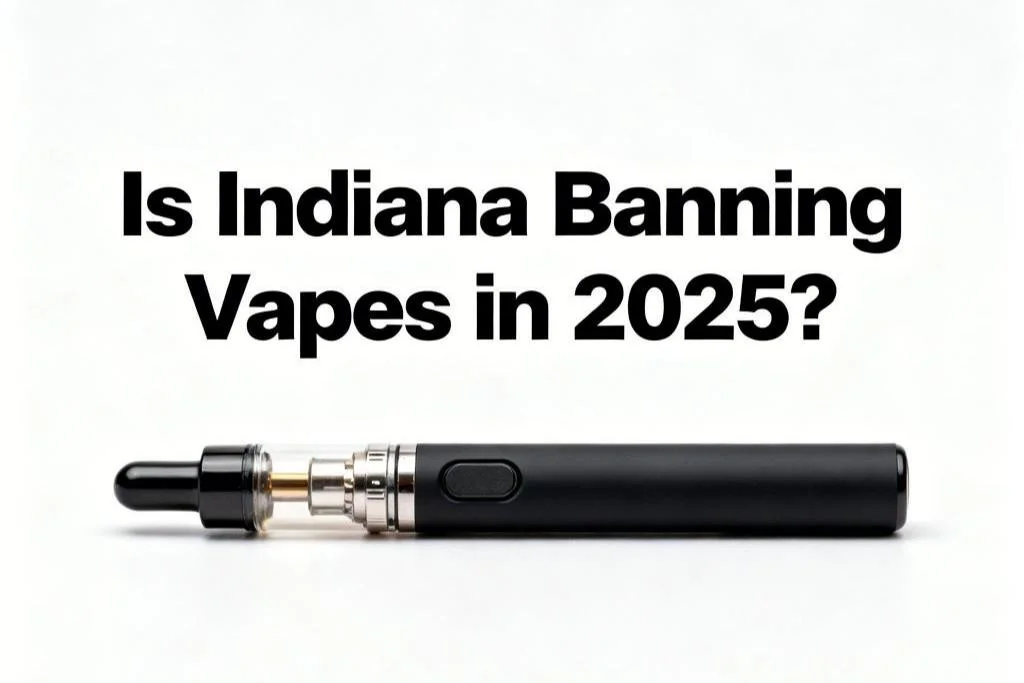Navigation
- Introduction
- Current airline rules on vaping devices
- Recent changes to TSA vaping rules in 2023
- Health and safety concerns regarding vaping on planes
- Alternative suggestions
- Conclusion
Introduction
Air travel is more convenient than ever, but TSA regulations restrict what passengers can bring on flights. Vapers often wonder if they can take e-cigarettes or vaping devices on planes. Previously, TSA restrictions made flying with vapes difficult. However, rules were updated in 2023 to balance security screening and accommodating lawful products.
Over the last decade, vaping has surged in popularity as a lesser-harm alternative to smoking combustible cigarettes. But with this rise, questions emerged about the appropriateness and safety of vaping on flights. After maintaining a ban on vape cartridges and some devices in carry-on bags since 2014, the TSA announced changes to the regulations in early 2022.
The TSA now allows more vaping devices and accessories in carry-on bags. However, health organizations still caution against vaping where smoking is prohibited, including on airplanes. This article explores current airline and TSA policies on vaping during flights. It also recommends that travelers comply with regulations while satisfying vaping needs mid-flight.

Current airline rules on vaping devices
Most major US airlines-including American, Delta, United, Southwest, JetBlue, and Alaska Airlines-have implemented similar policies governing the transportation of electronic cigarettes and vaping devices in carry-on and checked luggage. Some key points of their regulations include:
- Vaping devices and e-liquids are permitted in carry-on baggage only. They cannot be checked due to fire risk from damaged or leaking batteries.
- Removed batteries must be carried in the carry-on, separate from the device. Spare batteries are limited to a maximum of 2 per passenger.
- E-liquids containing nicotine are limited to 100ml or 3.4 ounces in a single, sealed bottle. Multiple bottles cannot exceed this amount total.
- E-liquids without nicotine may have less restrictive limits-up to 500ml per passenger on some airlines.
- Rebuildable tanks should have wicks and coils removed to avoid leaks. Atomizers should be empty of e-liquid.
- Rules vary slightly by airline, so it’s advisable to check individual policies published on their websites prior to travel. Policies may also change periodically.
Failure to comply with these policies could result in denied boarding or confiscated products. Most airlines recommend not using vapes in airplane restrooms either. Adhering to regulations aims to satisfy both passenger needs and safety issues for air travel.
Recent changes to TSA vaping rules in 2023
In February 2023, the TSA updated some of their regulations regarding the carriage of vaping products in airplane cabins. While most airline policies remained the same, these alterations aimed to standardize security screening procedures across the industry.
- The TSA lifted its previous ban on empty vape cartridges and e-cigarette pods in carry-on baggage. They must be isolated for screening.
- Fully-assembled e-cigarettes and vape devices are still allowed in carry-ons, but batteries must be removed from the device and carried separately.
- Rechargeable batteries should be removed from power banks as well for security screening.
- Liquid nicotine or e-juice limitations remain at 100mL in a single, sealed bottle in carry-on bags.
- No e-liquids or vaping products are permitted in checked luggage due to fire risk from potential leakage and pressure changes in cargo holds.
By removing blanket prohibitions, the TSA hopes to streamline air travel for vapers while still prioritizing security. However, these rule adjustments only apply to domestic U.S. flights for now. International travelers should verify regulations with their foreign carriers or destinations.
Overall, the 2023 revisions aim to balance passenger needs against security procedures, but health tradeoffs remain a consideration for vaping onboard.
Health and safety concerns regarding vaping on planes
While federal regulations and airline policies now allow vaping devices to be carried onto flights, there remain open health questions about the safety of using e-cigarettes during air travel. Some potential issues include:
- Cabin Air Quality: The recycled and compressed air in plane cabins contains less moisture than normal. Vaping may further deplete humidity and expose passengers and crew to higher levels of aerosolized nicotine, heavy metals, and other toxins found in e-liquid vapor.
- Respiratory Problems: Changes in cabin air pressure during take-off and landing can already cause discomfort. Inhaling vapors may exacerbate issues like coughing, wheezing or breathing difficulties for individuals with asthma or chronic lung diseases.
- Toxic Fumes: Overheating, leaks or battery problems with uninsured devices could cause dangerous fumes and chemical burns inside the cabin. Lithium-ion battery safety is already a concern in checked luggage.
- Secondhand Exposure: Unlike cigarettes, the effects of passive vaping on others is still unknown. Unwanted vapor clouds may annoy or conceivably impact the health of neighboring passengers or flight crew.
- Diversion Attention: The act of vaping, especially in high-traffic areas like lavatories, may interfere with safety demonstrations or create distractions for pilots during take-off and landing.
Due to these health and nuisance factors at 30,000 feet, most airlines discourage using vapes during flights except in rare emergency cases. More research is still needed to fully evaluate risks.
Alternative suggestions
The rise of vaping among teenagers and young adults has become a serious public health issue according to the FDA and CDC. With vapes more accessible during flights, concerns have been raised about normalizing their use.
- Over 5 million U.S. middle and high school students reported vaping in the past 30 days in 2021.
- According to the National Youth Tobacco Survey, e-cigarette use among high schoolers jumped to 27.5% in 2022, erasing past declines in youth tobacco use.
- Developing minds, especially those under 25, are more susceptible to nicotine addiction which can harm brain development and mental health.
- Younger passengers witnessing vaping on planes may inadvertently promote the idea that e-cigs pose no risks. This threatens to reverse over a decade of progress in reducing youth smoking rates.
- Sticker shock or younger sibling influence could motivate children to request vapes rather than toys or snacks during trips.
- While rules prohibit youth purchase and use, enforcement on planes is difficult without age verification at 35,000 feet.
Strict regulations have been enacted nationwide to curb youth access to vapes. However, the normalization of vaping in a setting like commercial aviation could undermine anti-tobacco efforts according to advocates. Additional measures may be needed.
Conclusion
In summary, while the TSA has updated its regulations to allow empty e-cigarette cartridges and assembled vapes onboard, there are still many legitimate health, safety, and social concerns regarding using vaping devices during air travel. More research is warranted to fully understand the respiratory effects of vaping in a pressurized cabin environment on both users and bystanders. Most airlines have restricted actual vaping activity during flights due to these uncertainties and potential annoyances to others.
Travelers who choose to carry their vapes should carefully review and follow each carrier’s policies to avoid confiscated equipment or denied boarding. Removing batteries, limiting e-liquid containers, and safely stowing assemblies can help satisfy regulations while airborne. For most individuals, it is prudent to consider not vaping or fully replacing atomizers and liquids before flights for health, fire safety, and courtesy towards fellow passengers and crew.
In light of the ongoing youth vaping epidemic, all efforts should be made to avoid further normalizing these products, especially around minors. Further regulations may even be necessary to curtail availability or advertising appeals to underage air travelers. While vapes are technically permitted, prioritizing everyone’s well-being and comfort during flights should be the overarching consideration. More study is still warranted into the full respiratory and long-term health impacts of onboard vaping.
Read More



